What I Read: January 2025
I went on an accidental Enneagram deep-dive and am also resurfacing my on-again, off-again relationship with sabbath.
Oh, January! The month that lasts kind of forever. After the merriment of Christmas and New Year’s and Tennyson turning 5 (5!) and our church’s annual women’s retreat, I went into full hibernation mode last weekend. I slept nine hours and then took a two-hour nap. I sat down in the daylight hours. I read a book and played games and taught the kids how to use a square loom to make potholders.
And it was glorious.
Scott and I are very bad at resting. We both always have to-do lists a mile long for both work and home projects, and we like to be productive and make progress on them. So when we were accidentally truly lazy restful last Saturday, it felt like a total unexpected gift. The idea of Sabbath has been gnawing at me for literal years now, and setting aside a whole day for true rest in our modern world has eluded me. I’m a freelancer — we don’t work set hours! I’m a mom — we don’t even get sick days! I’m homeschooling children — lesson plans must be done Sunday night if I don’t get to them earlier! And yet — there’s this tug toward a more formal period of rest each week that won’t quite let me go. What might that look like in 2025? I’ll keep you posted as I experiment. This re-aired podcast episode provided me with a whole list of sabbath-adjacent reading in case you want to journey along.
Here’s What I Read in January:
Sitting Pretty: The View from My Ordinary Resilient Disabled Body {memoir-in-essays}
by Rebekah Taussig
My church’s Love in Action group read this in January in order to shape a discussion around accessibility in our church building and church body. Taussig writes a series of connected essays around topics relevant to her and her disabled body, including on marriage, sex, feminism, and niceness. The book helped me to look with fresh eyes at how frustrating it can be to navigate the world in a body that doesn’t work “normally” — from finding a house to rent to working a full-time job to being the target of people’s unwelcome “kindness” in the wild. The book created good discussion among our members and how we as a church can be not just accommodating, but truly welcoming as a church and as individuals. mn
You can follow Taussig on Instagram for more of her work. Image via National Endowment for the Arts.
Goodreads | Bookshop | Libro.FM
Little Town on the Prairie {audiobook}
by Laura Ingalls Wilder
We continued listening to Laura’s story where The Long Winter left off. In this book, Laura is on the verge of adulthood and is starting to think about what comes next in her own life as the family dynamics begin to change. She learns to enjoy living in town during the winter and is studying hard for her teacher’s examination. I’m enjoying listening through the series with the kids and catching things I didn’t in my own childhood.
Goodreads | Bookshop | Libro.FM
The Journey Toward Wholeness: Enneagram Wisdom for Stress, Balance, and Transformation {non-fiction}
by Suzanne Stabile
There’s plenty to read out there about the enneagram, but I find myself returning to Suzanne Stabile’s gentle teaching on it more often than other authors. I found this book incredibly helpful in taking the next step toward growth. Stabile examines the stances of the enneagram and the preferred and repressed Centers of Intelligence for each type. She gives practical tips for learning to “bring up” or access your repressed center of intelligence (either thinking, doing, or feeling) in order to become more fully you and present to your life. I’ll be referring back to this one often. This isn’t a book for beginners, and likely won’t help you discover your own type, so grab one of the intro selections below if that’s where you’d like to start.
Goodreads | Bookshop | Libro.FM
Mending Life: A Handbook for Repairing Clothes and Hearts {how-to}
by Nina Montenegro & Sonya Montenegro
I’ve been interested in visual mending for awhile now and haven’t taken the plunge, so when a friend mentioned this book recently I requested it from the library, read it cover-to-cover in one sitting, and immediately added it to my own wish list. Two sisters reflect on the joy of their grandmother mending their clothes as children, and how they lean into mending their own and others’ clothing in order to heal their clothes and their hearts in a world that doesn’t often allow an easy path for healing. The diagrams are fantastic, and the illustrations made me think of my sweet friend Lottie and her art.
I’ve continued reading The Comfort of Crows by Margaret Renkl, trying to limit myself to one section a week. And I’m two-thirds of the way through The Power of Ritual by Casper Ter Kuile and enjoying it.
Accidental Enneagram Deep-Dive:
After we started spontaneously chatting about the Enneagram one evening early in the year, a friend asked me if I would co-lead a 2-hour workshop at our church’s Women’s Retreat in January. In keeping with my own Enneagram type, I immediately pulled every book I could off the shelf, ordered an additional one, and read like the wind to be “ready” in less than 14 days. Here’s the resources I used, and who I think they might be best for:
The Essential Enneagram by David Daniels, MD and Virginia Price, PhD — This is the book my friend teaches out of. It’s short and to-the-point, but lacks much of the religious language that makes the Enneagram the tool for spiritual growth that it is. This is perfect for anyone brand new to the Enneagram, or for someone that wants to skip all the religious stuff and just get the nitty gritty details.
The Road Back to You by Ian Morgan Cron and Suzanne Stabile — This is also a great intro to the enneagram and can help you discover your type and begin to gain self-awareness toward your tendencies. It is more story-driven, and contains more religious content than the book above. This is where I usually point people who want to learn more.
The Journey Toward Wholeness by Suzanne Stabile — I read this for the first time in January (full review above) and found it incredibly helpful in taking the next step toward growth. Stabile examines the stances of the enneagram and the preferred and repressed Centers of Intelligence for each type. She gives practical tips for learning to “bring up” or access your repressed center of intelligence (either thinking, doing, or feeling) in order to become more fully you and present to your life. I’ll be referring back to this one often.
The Enneagram Made Easy by Elizabeth Wagele & Renee Baron — Very humorous; probably insufficient for diagnosing your own type, but if you are already familiar with the system, it’s a fantastic distraction.
The Complete Enneagram by Beatrice Chesnut, PhD — “Complete” is pretty accurate. This book dives into the three subtypes of each number, helping readers to further pinpoint their own type and use that extra knowledge to grow accordingly.
The Wisdom of the Enneagram by Russ Hudson and Don Richard Riso — This is probably the longest and densest of the bunch, but has a lot of great charts that demonstrate what healthy, average, and unhealthy types look like, as well as what paths to growth are for each type. Not light reading, but definitely helpful if you’re committed to growing and using the enneagram as a guide.
What I’m Reading with the Kids:
Scott started reading aloud The Very, Very Far North while I cleaned up after supper last night, and it just seems like in our house whichever parent starts a read aloud, continues through to the end. For school, we’ve started the Wind in the Willows, and dove into Five Little Peppers and How They Grew. We listened to Little Town on the Prairie (above), and will soon begin Farmer Boy.
Some picture books we’ve discovered and loved:
Helga Makes a Name for Herself — A young viking proves her family wrong in become a real warrior with a storied name.
Fa Mulan — A fabulous retelling of the tale with great illustrations.
A Dictionary Story — Funny, unpredictable, and literal. Fully enjoyed.
Where’s the Pair? — A just-hard-enough book about finding matches.
A Cat’s Guide to the Night Sky — Leaning into the warm temps + dark nights and planning some stargazing soon.
What I’m Reading Next:
I am deep in writing a study guide for The Life We’re Looking For by Andy Crouch (one of my all-time favorites) for our church’s upcoming small groups, which is taking way more time than I thought since there seem to be no readily available discussion guides online.
I never made it to my book club for Deacon King Kong this month, so that’s one heading back to the library without even cracking the cover. I also never got to the audiobook copy of Maame by Jessica George. Maybe I’ll re-request it?
Ashley Brooks gifted me an early Galentine’s day present in the form of Making Time: A New Vision for Crafting a Life Beyond Productivity by Maria Bowler, so I’m excited to dive into that soon (thanks, Ashley!).

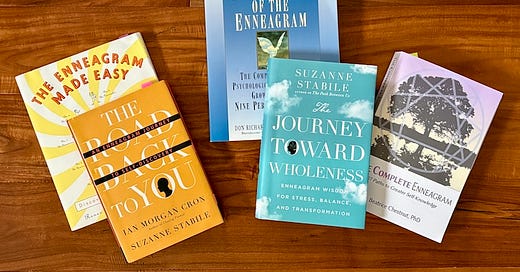


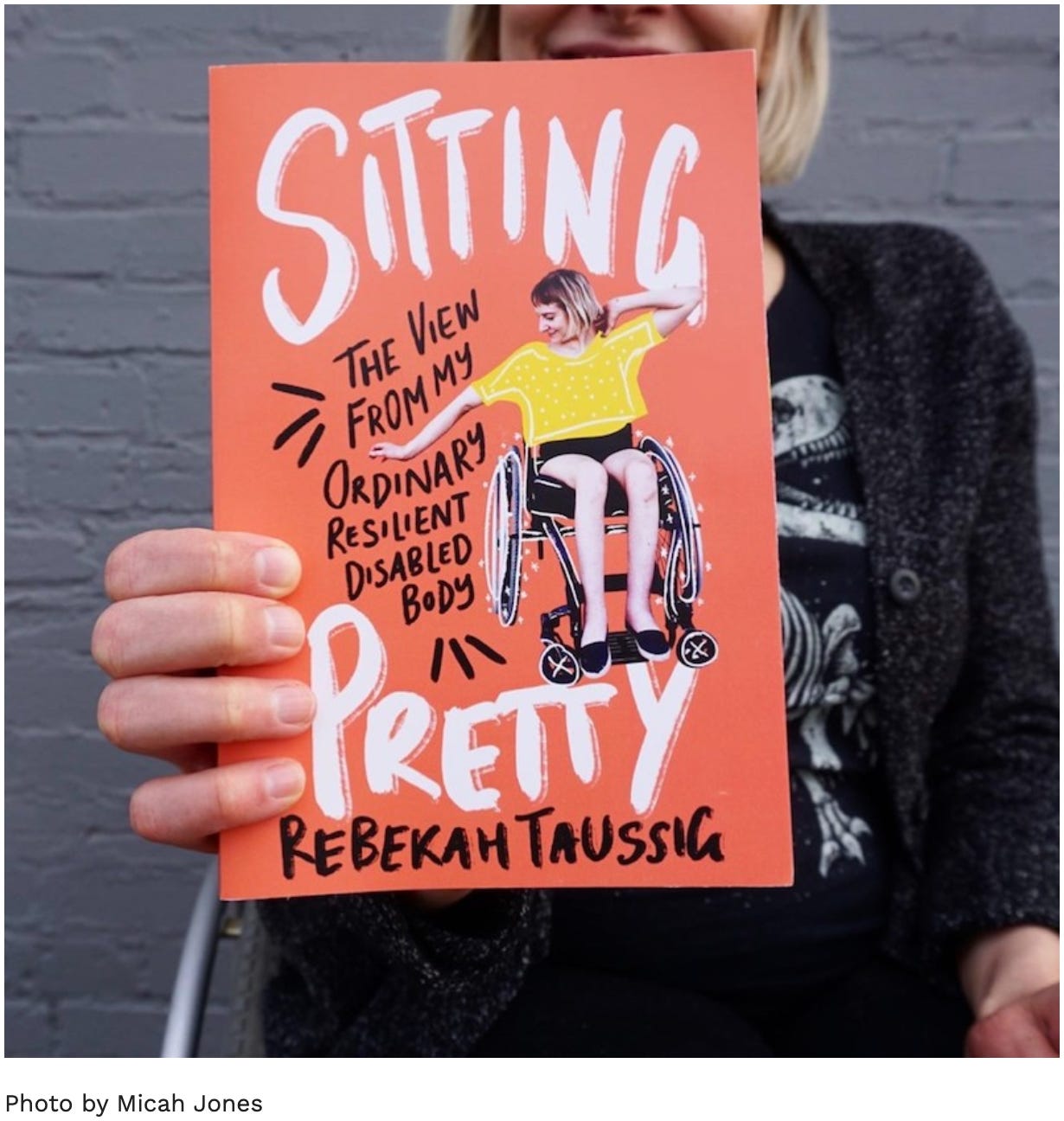
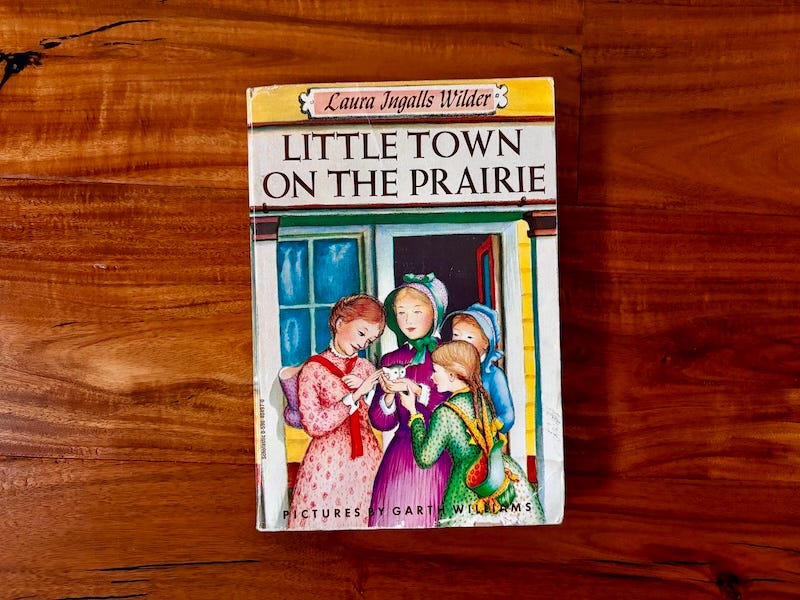
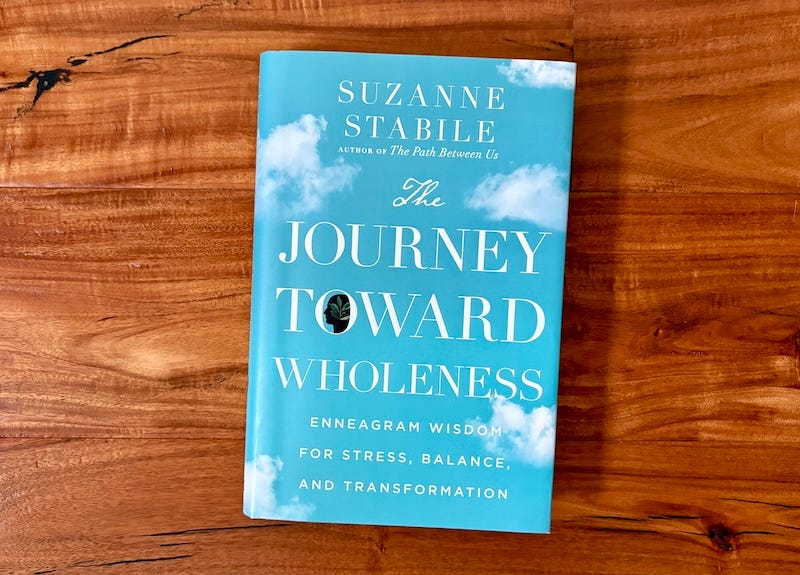
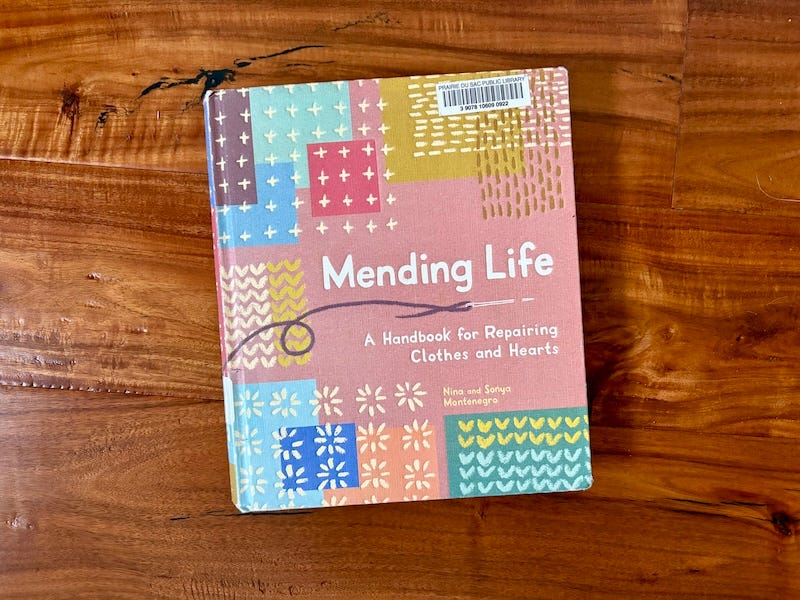

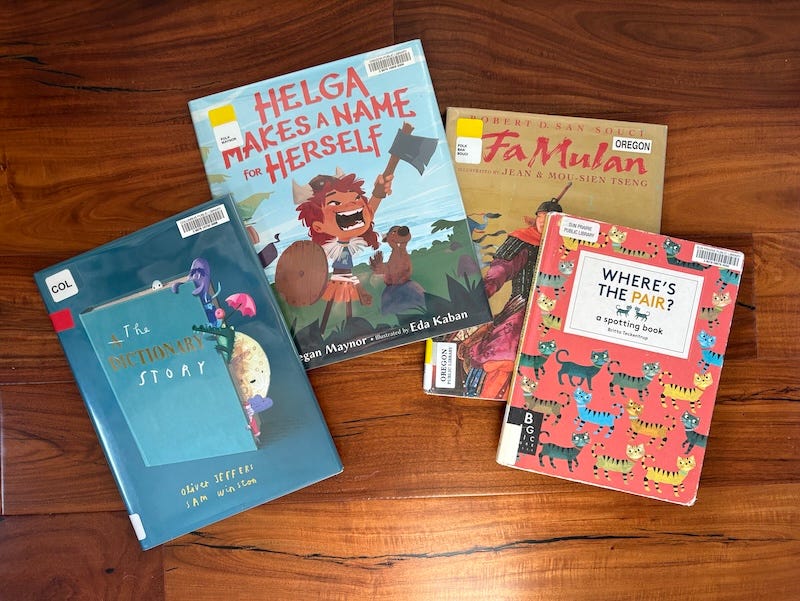
Oooh, I loved listening to the Laura Ingalls Wilder books with my kids, too. I'm curious about the first book you mentioned. Looks like a good read.
Bravo to your church for reading the Taussig memoir and taking disability theology to heart! If they want more for their list, My Body Is Not a Prayer request is also an excellent look at how the church in particular treats disabled people. I read it for a class years ago and it changed how I looked at the church's approach to healing.
It sounds like you had a great month of reading!